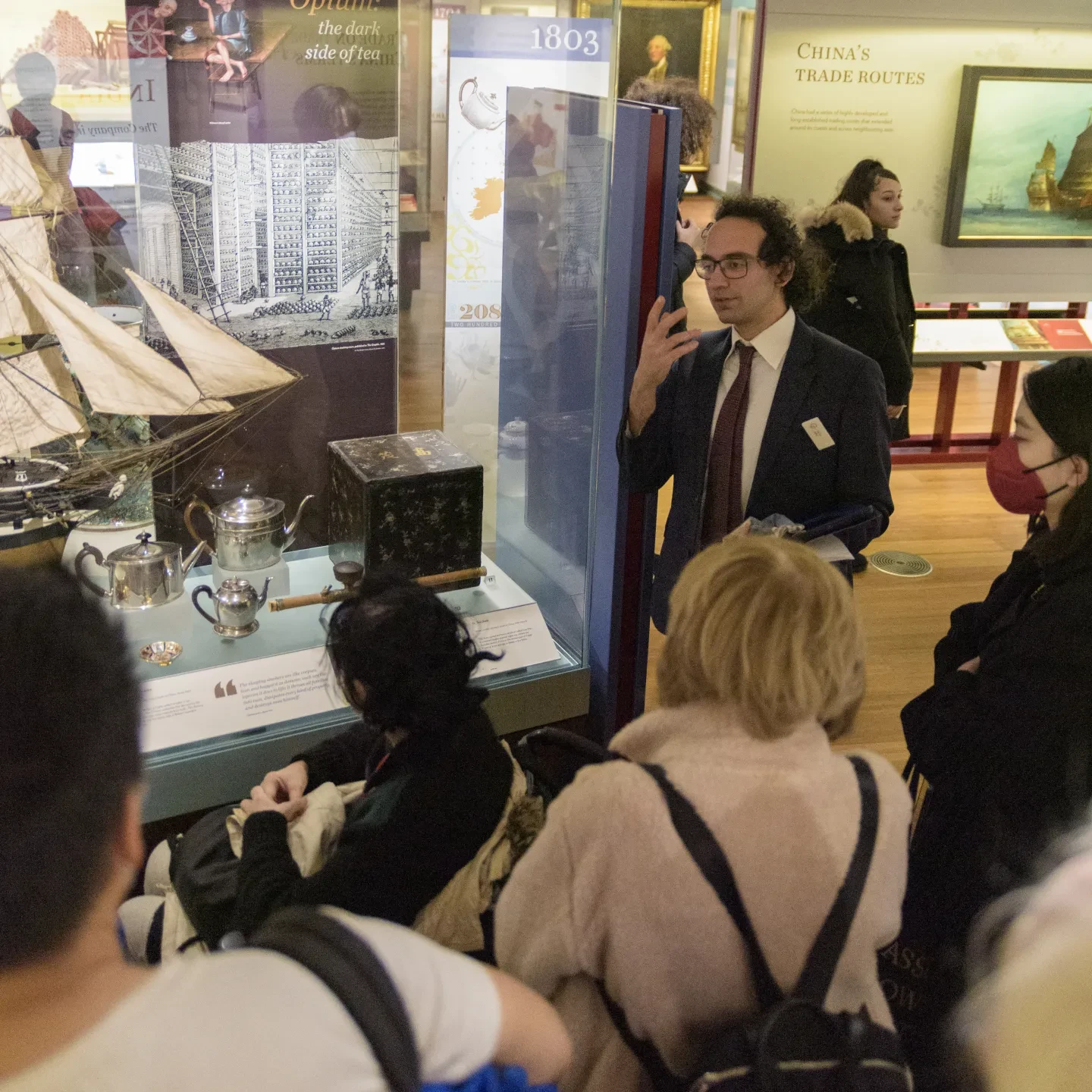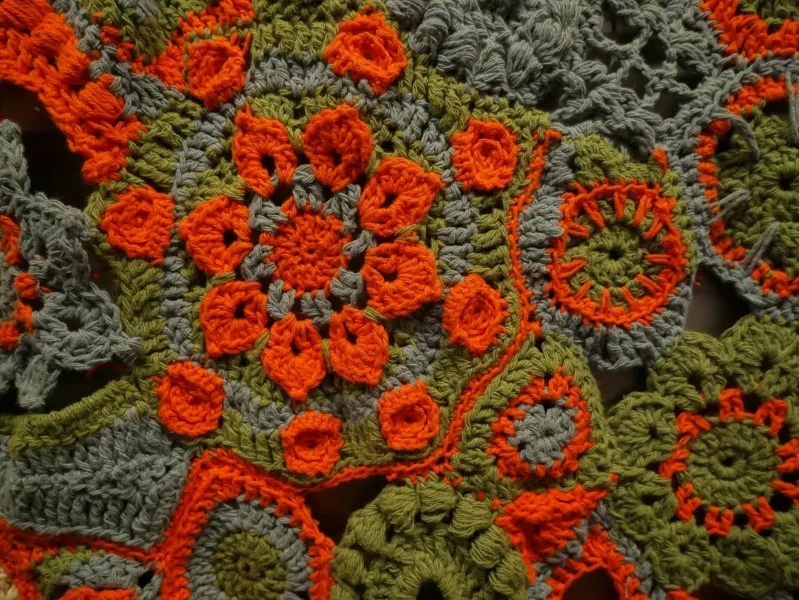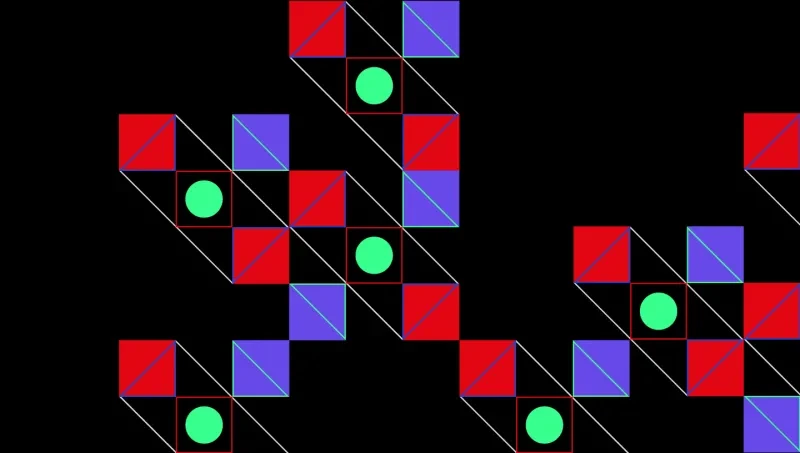
Essential information
| Location | |
|---|---|
| Price | Free |
For more than 250 years, the East India Company shaped trade and commerce between Britain and Asia.
Initially founded as a trading corporation, the Company went on to become a dominant global and political force. However, its aggressive expansion – at the expense of local rulers and people – led to its decline.

The Traders gallery looks at the rise and fall of the East India Company, and its lasting impacts in Asia. Visit for free at the National Maritime Museum.
Inside the gallery
In 1600, Queen Elizabeth I granted London merchants a royal charter, which gave them exclusive rights over English trade east of the Cape of Good Hope.
Known as the East India Company, the corporation began life trading pepper and spices.
It soon expanded into new markets, transforming British fashions and tastes and fuelling the economy. The Company imported vast quantities of textiles from India, including high-quality cottons and silks. It extended its trade to China, ushering in a taste for tea.
However, its growth came at a human cost. In India, the Company started to intervene in local politics, from enforcing laws to collecting taxes. As its power increased, the Company took control over vast areas of India, resulting in uprisings and conflict. To fund Britain’s growing tea trade, the Company illegally exported opium grown in India to China, which led to war between Britain and China.
In 1858, the East India Company was abolished by the British government. This gallery examines the corporation’s history and legacy.
Visiting Traders
Where is the gallery?
Traders: the East India Company and Asia is a permanent gallery at the National Maritime Museum in Greenwich, located on the first floor. Entry to the Museum is free: book tickets online in advance to guarantee entry and receive updates before you visit.
Tours and audio guides
Traders: the East India Company and Asia features as part of the range of audio guides available at the National Maritime Museum. Listen to a free introduction to the gallery here.
Accessibility
BSL is included as part of the National Maritime Museum audio guide. Large print guides are also available inside the gallery. For more information about accessibility at the National Maritime Museum, click here.
Gallery closures
Occasionally some gallery closures may affect your visit to the National Maritime Museum. Find details of upcoming closures here.
Make the most of your visit
Find more free galleries and attractions at the National Maritime Museum.
Tickets and Opening
Free entry
10am-5pm daily
- Greenwich Station
- Maze Hill Station
- Greenwich Pier













